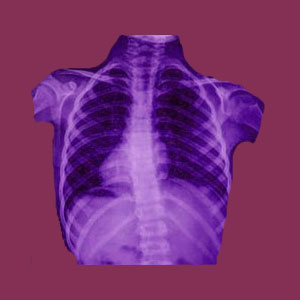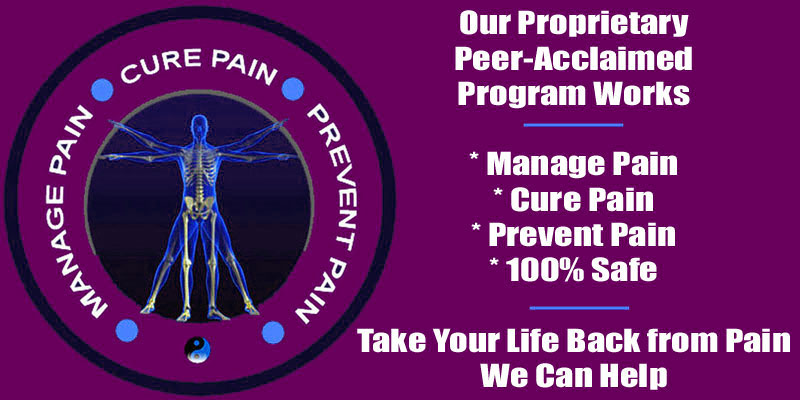
Spinal stenosis from scoliosis can occur when the central vertebral canal components misalign due to general side to side curvature or rotation of individual vertebra. Spinal stenosis is a normal part of aging, but atypical curvature of the backbone can accelerate and/or escalate the process to symptomatic levels.
Since spinal stenosis comes in many degrees, there is no inherent need for panic if diagnosed with a narrowed central vertebral canal. Many cases are considered within the normal range for a person’s age and physical condition and will never become symptom-generating. However, other stenosis scenarios will facilitate compression of the spinal cord, cauda equina or individual nerve roots within the central spinal canal, potentially eliciting terrible symptoms that can affect virtually the entire anatomy.
This treatise delves into the process through which spinal stenosis can be caused directly by scoliosis, as well as how stenosis can be contributed to by scoliosis. We will examine why scoliotic formations narrow the central vertebral canal and what can be done to effectively resolve the condition before it threatens physical functionality or life itself.
Spinal Stenosis from Scoliosis Causation
Spinal stenosis is a normal process wherein the arthritic processes narrow the central vertebral canal, usually beginning in earnest around the age of 40. Stenosis is universally experienced in human adults, but the location and severity of stenosis varies from individual to individual. Besides osteoarthritis, there are other possible contributors to spinal stenosis, including herniated discs, vertebral listhesis, abnormalities of lordosis and/or kyphosis and scoliosis. Most cases are not symptomatic, but some instances can become so if the canal decreases in size enough to compress the spinal cord or cauda equina nerve roots.
In the case of scoliosis, the acute sections of spinal curvature tend to further misalign and decrease the patency of the vertebral canal. This can cause escalation of previously existing stenosis or the start of stenosis in people who do not demonstrate it in this specific location already. Larger degrees of curvatures may even be wholly responsible of creating stenosis in very extreme cases, although usually even severe scoliosis requires other contributing factors at the same spinal level in order to truly become symptomatic.
Spinal Stenosis Consequences
As mentioned above, most spinal stenosis is normal and not symptom generating. The spinal canal is more than large enough to accommodate all the tissues contained therein without any experiencing compression, even when decreased in size markedly. It takes a truly dramatic decrease in overall patency of the central canal to create the right circumstances for symptoms to exist. However, when stenosis does become symptomatic, the following are all possible expressions:
Pain might be present at the site of neurological compression, but this is not common and usually does not endure for long. Pain might be present elsewhere, virtually anywhere in the anatomy below the compressed nerve tissue, but many cases of stenosis remain completely painless.
Patients will general begin to suffer neurological dysfunction in one, some or many locations of the anatomy and/or bodily systems. Typical expressions include tingling, weakness and numbness anywhere below the stenotic levels, as well as possible motor deficits and autonomic dysfunction.
Patient might have difficulty standing or walking.
Patient might become paralyzed wholly or partially from the stenotic level down.
Patient might be subjected to the formation of a spinal syrinx near the stenotic levels.
Patient might suffer sexual dysfunction, as well as incontinence of bladder and/or bowels.
Spinal Stenosis from Scoliosis Therapy
Unlike other forms of stenosis, scoliosis-enacted stenotic changes are much more difficult to resolve, unless the curvature itself can be corrected. Typically, laminectomy is used to widen the spinal canal, but this is not an effective way to manage a misaligned vertebral canal without removing so much bony material that the spine becomes unstable.
In some cases, corpectomy is used to remove entire vertebral bodies that are responsible for creating truly extreme stenosis. In these circumstances, the patient will require reconstruction and stabilization of the backbone, using fusion that is most often assisted by hardware placement. In some instances, the fusion and hardware reinforcement can be extended to help to correct the scoliosis, as well.
Most patients with scoliosis-related stenosis are not eligible for the alternative options for stenosis care, including various implants, such as the Coflex or X-Stop.
Some patients with severe scoliotic stenosis are not candidates for surgery and instead will be treated symptomatically using physical therapy, drugs, injections and complementary forms of healthcare.
Scoliosis > Consequences of Scoliosis > Spinal Stenosis from Scoliosis





